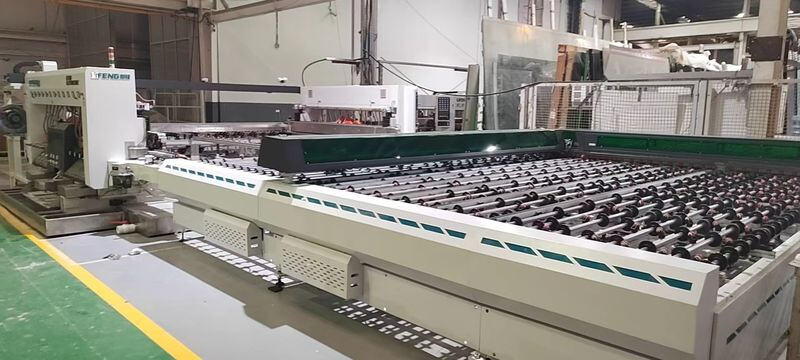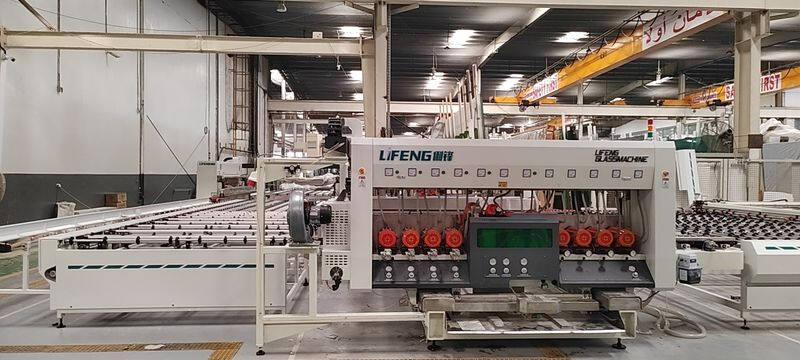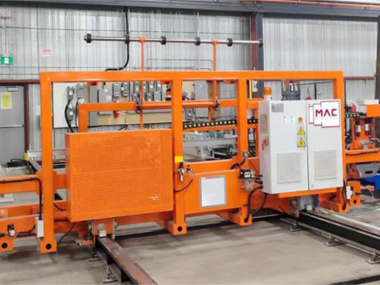laminált üveg gyártás
A laminált üveggyártás egy kifinomult gyártási folyamatot képvisel, amely több üvegréteg kombinálásával jár, poli(vinil-butirál) (PVB) vagy etilén-vinil-acetát (EVA) közbenső rétegekkel, hogy egy nagy teljesítményű biztonsági üvegterméket hozzon létre. A folyamat a üveglapok gondos kiválasztásával és pontos méretekre vágásával kezdődik, ezt alapos tisztítás követi, hogy biztosítsa az optimális kötést. Ezeket az üvegrétegeket ezután egy ellenőrzött környezetben szerelik össze a közbenső polimerréteggel, hogy megakadályozzák a szennyeződést. Az összeszerelés egy kétszakaszos folyamaton megy keresztül: először a levegőt eltávolítják gumihengereken keresztül egy előlaminálási fázisban, majd az üvegszendvicset autoklávban melegítik és nyomás alá helyezik körülbelül 140 °C hőmérsékleten és 12-15 bar nyomáson. Ez a folyamat biztosítja a teljes kötést és átlátszóságot. Az így kapott termék kivételes szilárdságot és biztonsági jellemzőket kínál, mivel a közbenső réteg összetartja az üvegfragmentszét ütéskor, megakadályozva a veszélyes éles darabok szétszóródását. A technológia lehetővé teszi különböző módosításokat, beleértve a zajcsillapítást, UV-védelmet és biztonsági fokozást, így alkalmas az építészeti üvegezéstől az autóüvegekig és védőkorlátokig terjedő alkalmazásokra.


